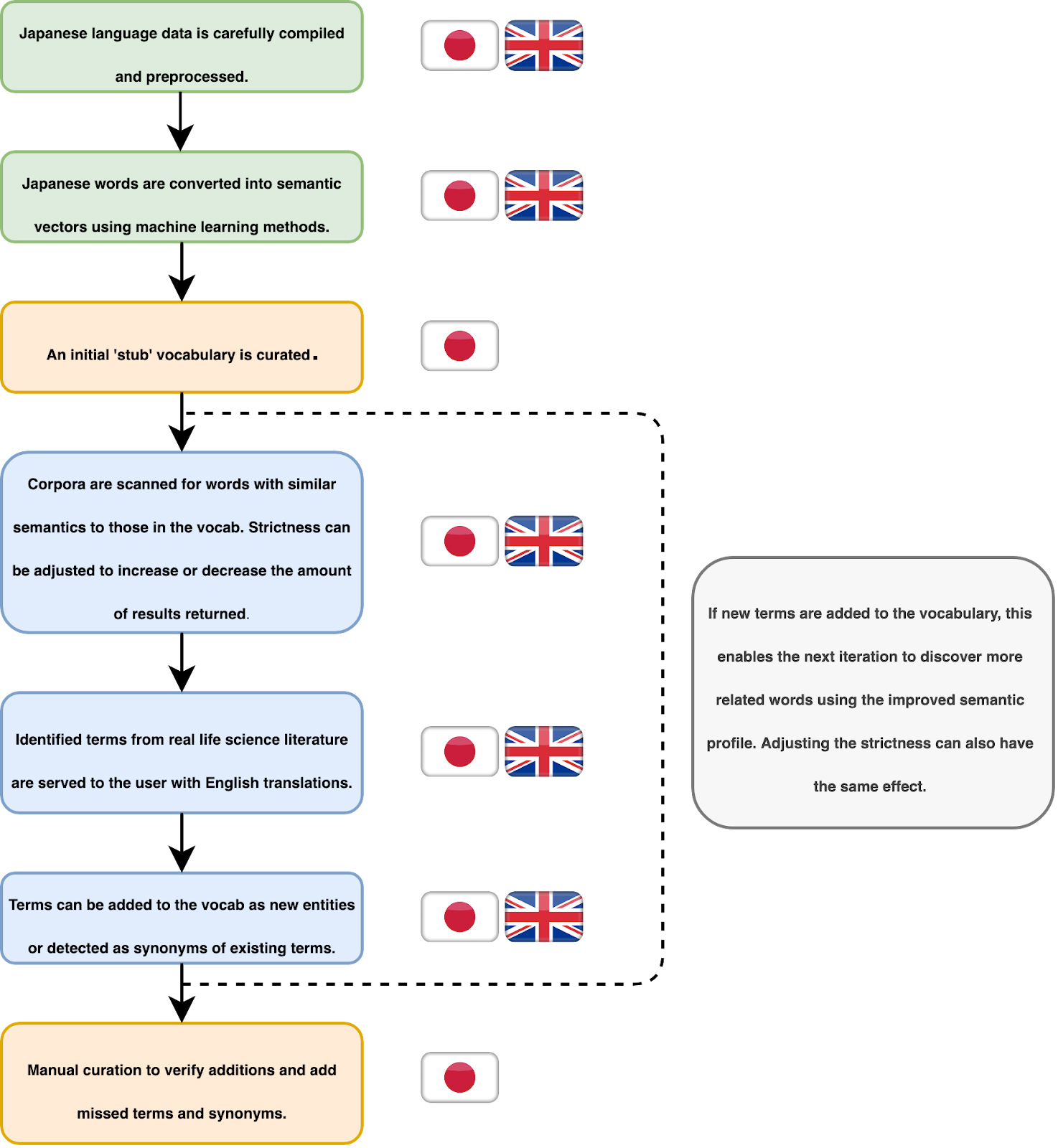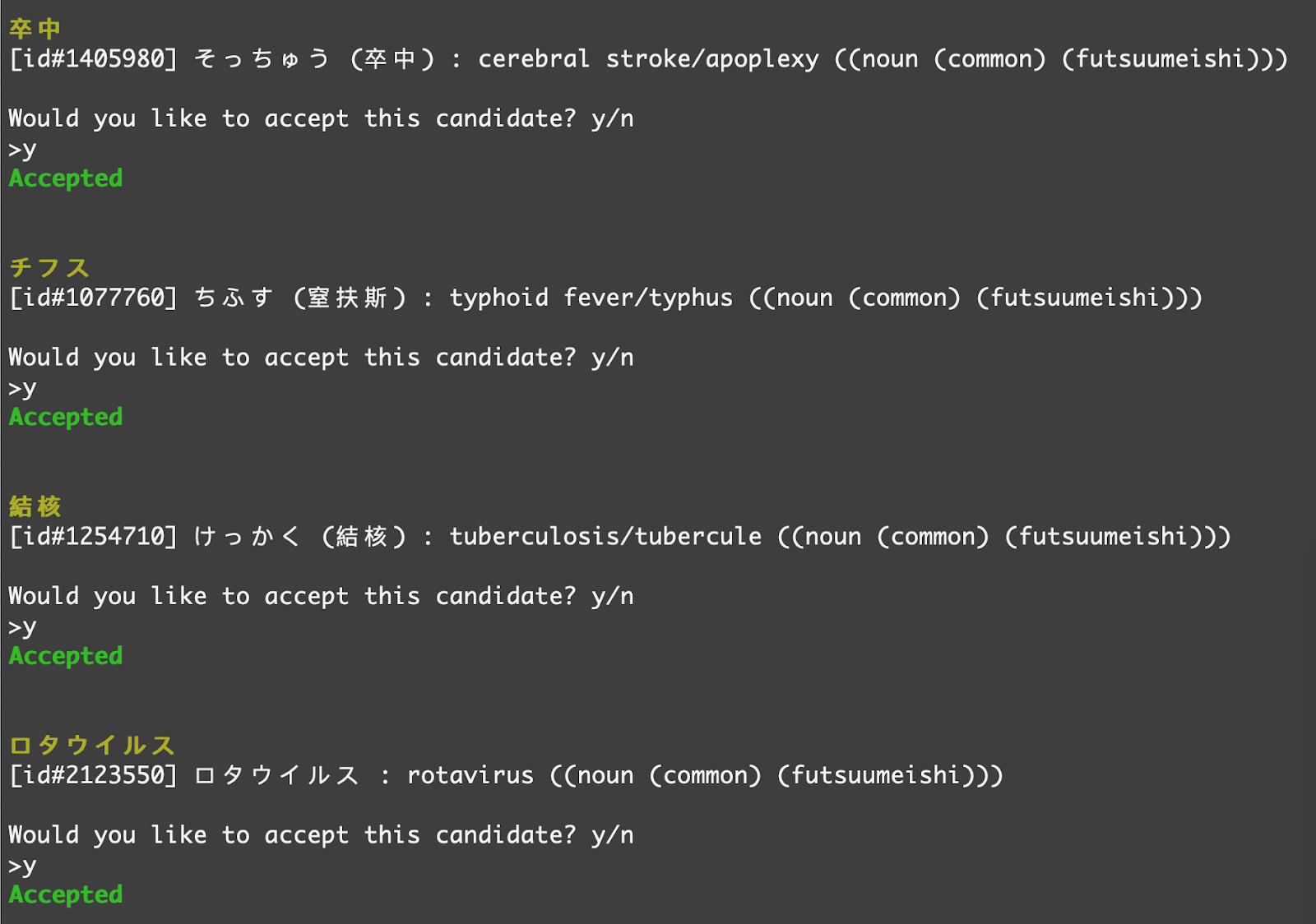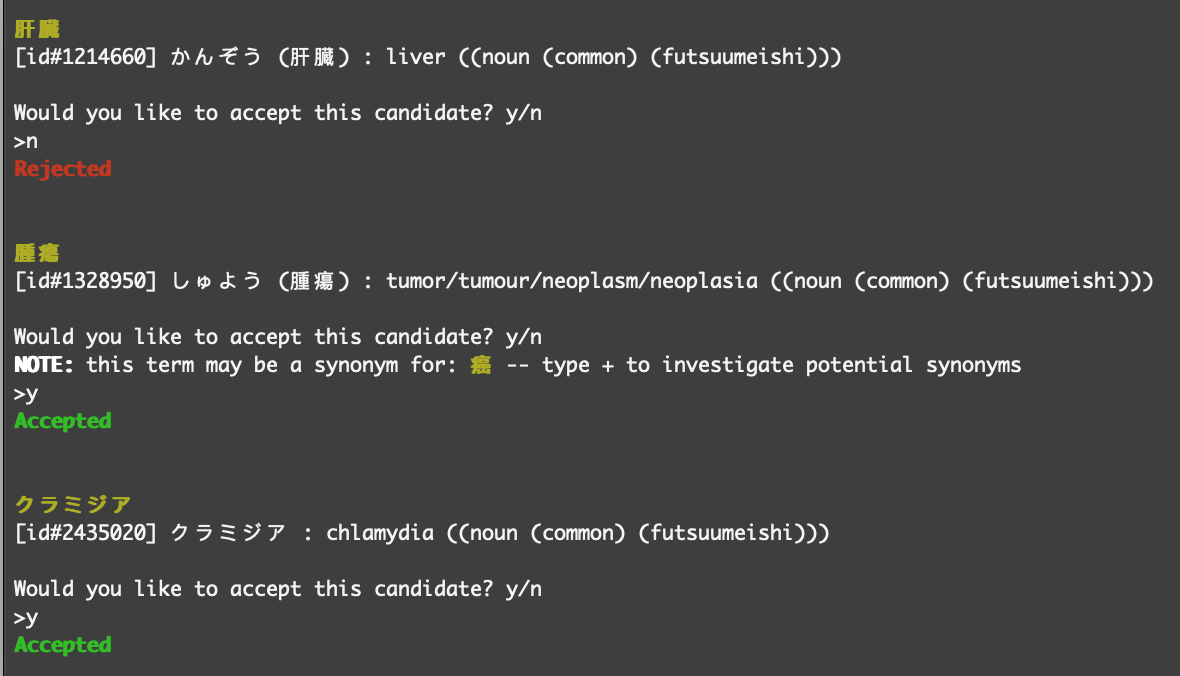-
Solutions
Solutions
Explore SciBite’s full suite of solutions to unlock the potential of your data.
-
Use Cases
Use Cases
Discover how SciBite’s powerful solutions are supporting scientists and researchers.
Gartner reportGartner® How to Build Knowledge Graphs That Enable AI-Driven Enterprise Applications
-
Knowledge Hub
Knowledge Hub
Explore expert insights, articles, and thought leadership on scientific data challenges.
ResourcesDiscover our whitepapers, spec sheets, and webinars for in-depth product knowledge.
-
About
About SciBite
Explore SciBite’s full suite of solutions to unlock the potential of your data.
- Contact Us
Explore SciBite’s full suite of solutions to unlock the potential of your data.
Discover how SciBite’s powerful solutions are supporting scientists and researchers.
Gartner® How to Build Knowledge Graphs That Enable AI-Driven Enterprise Applications
Explore expert insights, articles, and thought leadership on scientific data challenges.
Discover our whitepapers, spec sheets, and webinars for in-depth product knowledge.
Explore SciBite’s full suite of solutions to unlock the potential of your data.







